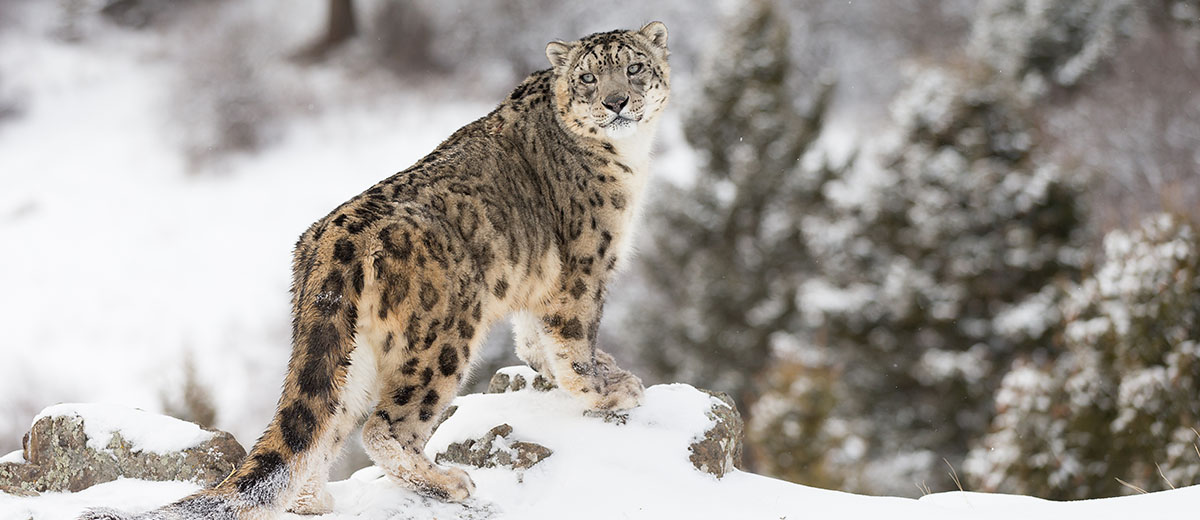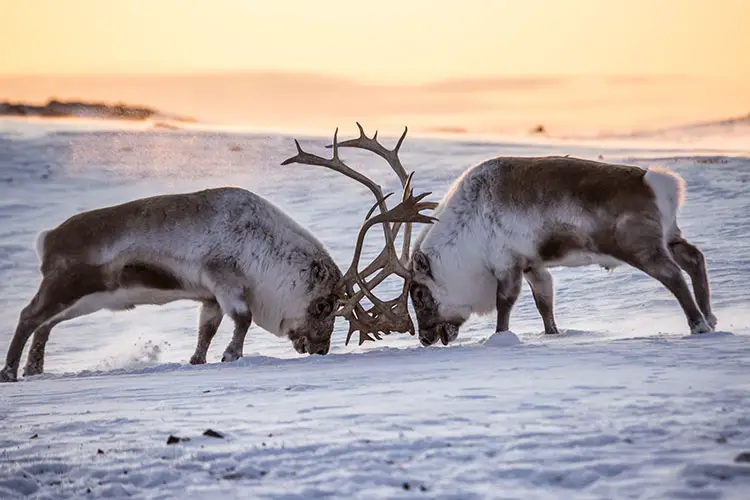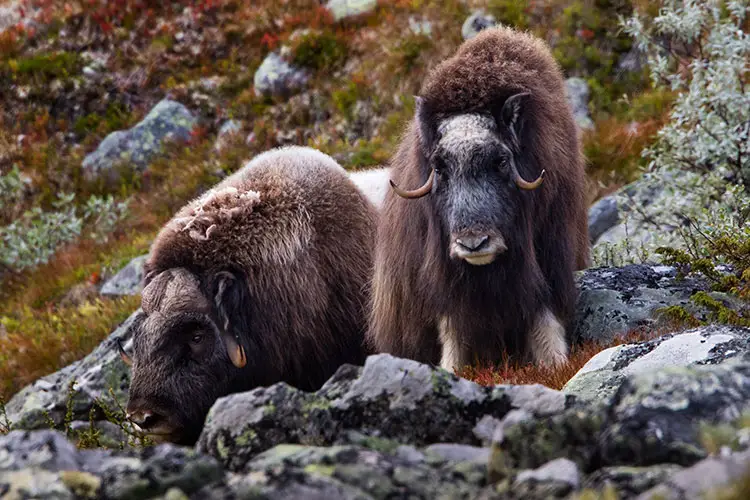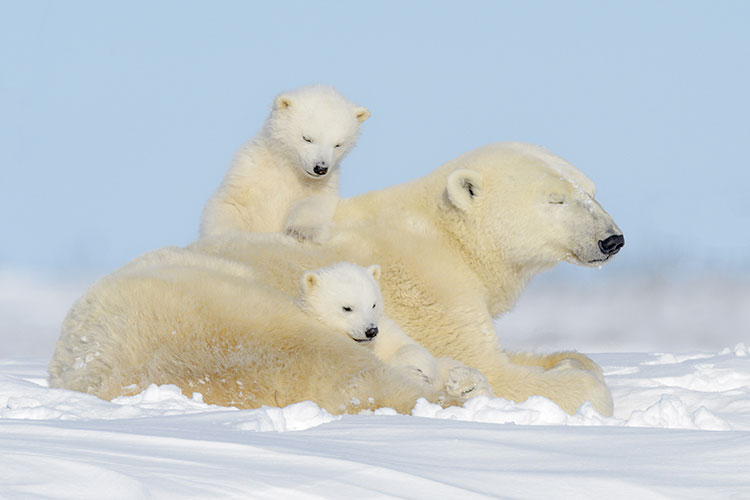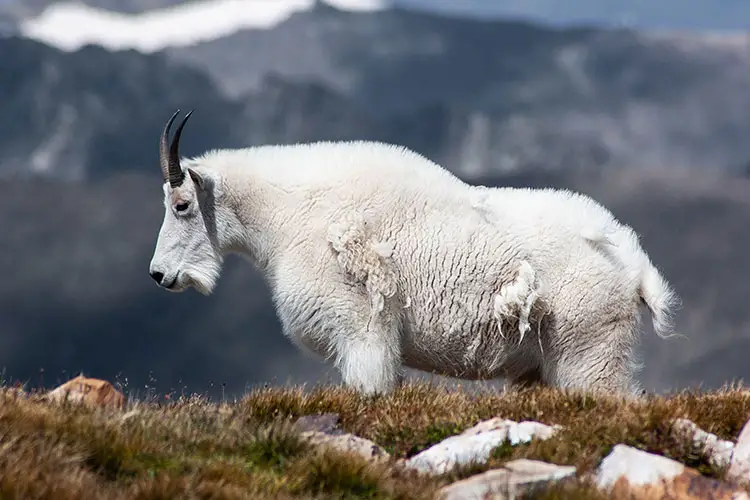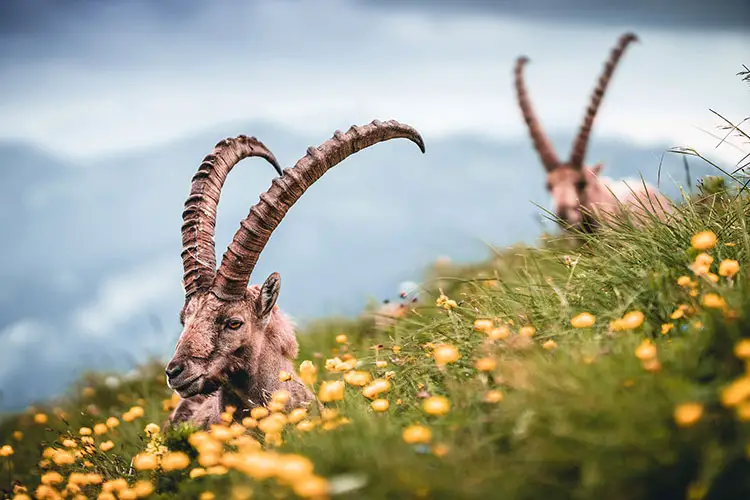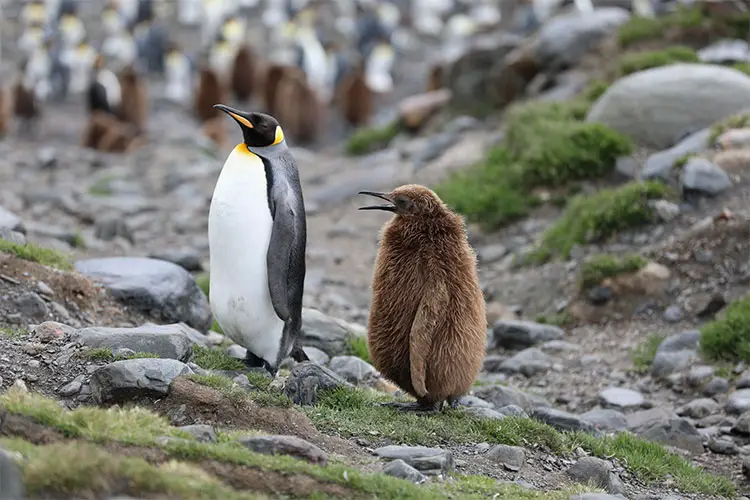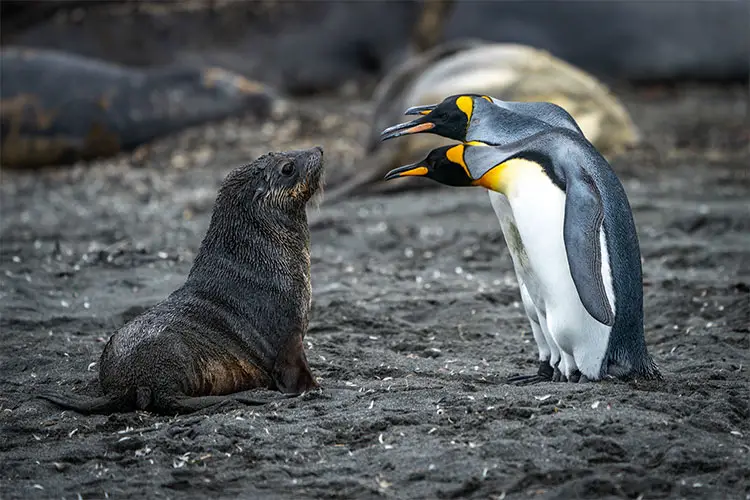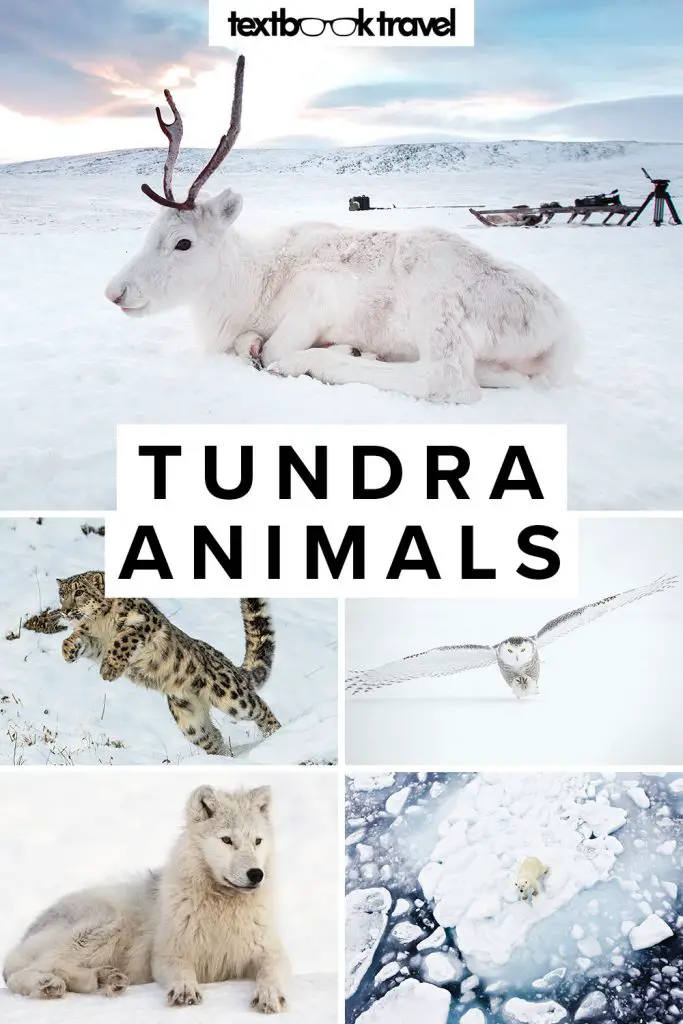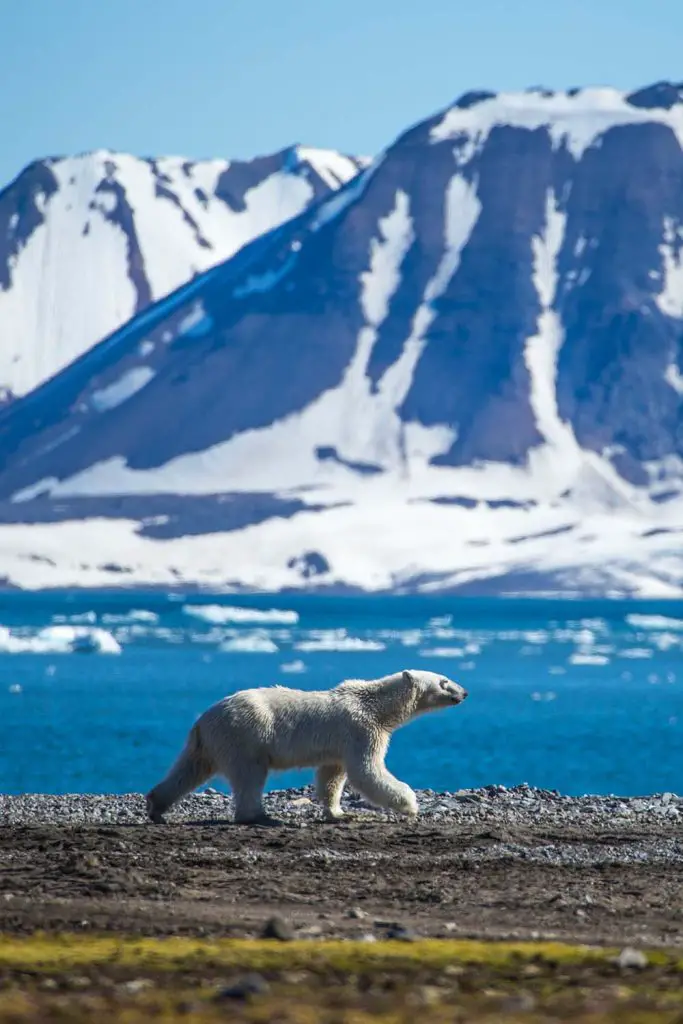Animals of the Tundra Biome
Tundra accounts for around 10% of the earth’s surface and is found in areas where the conditions do not facilitate the growth of trees. Tundra is characterized by extremely low temperatures and low amounts of precipitation. These desolate areas are also tormented by strong winds, making the conditions even less hospitable. Plantlife is limited to the quality of the soil (which is not great!) and in the months where the tundra is not covered in snow, these barren areas are blanketed with colourful mosses, lichens and grasses. Due to the limited vegetation, wildlife is not as abundant as in many of the other biomes but the species that do abide are quite unique. There are three main types of tundra: Arctic, Alpine & Antarctic. The conditions of the Arctic and Antarctic tundra are created due to their latitude—and therefore their proximity to the poles—whereas the conditions that create alpine tundra are due to its altitude.
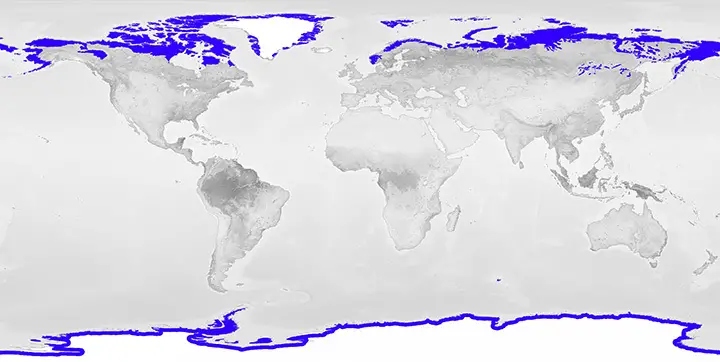
Tundra Facts
- Characteristics: Very cold, very low precipitation and little vegetation
- Temperature Range: -40°C / -40 °F to 18°C / 64°F
- Precipitation: 150 to 250 millimeters / 6 to 10 inches of rain per year
- Vegetation: Mosses, lichens, grasses, sedges & shrubs
Arctic Tundra
In terms of tundra, the Arctic variety is the most well known. This strip of land sits between the Arctic polar ice cap and the taiga belt—a band of boreal forest that runs through Alaska, Canada, northern Europe and Russia. Temperatures in the Arctic tundra range from 4°C / 40°F in the summer to -32°C / -25°F in the winter producing perennially frozen ground known as permafrost. Only 48 species of land mammal inhabit this barren region, all of which have thick fur and are often white or light grey in colour to aid with camouflage. Many animals either migrate in the long winters—such as the birds—or hibernate.
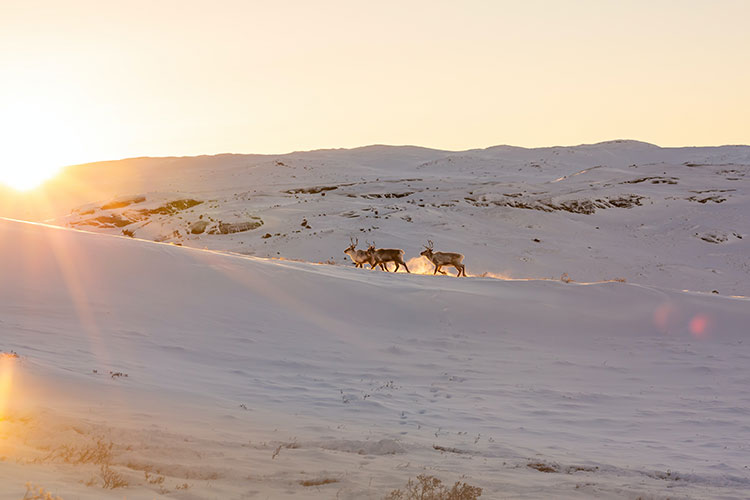
Some of the largest primary consumers on the Arctic tundra include the giant muskox and reindeer—known as caribou in North America—who gorge on the layers of moss and lichen. Reindeer are not exclusive to the tundra; there are many subspecies who live further south in boreal forest and woodland although they are rarely seen south of the Canadian or Russian borders. They are one of the few species on earth to be domesticated and are used by Santa Claus to deliver presents on Christmas! The muskox is one of the few species of megafauna to survive prehistoric hunting by adapting to the arctic region where humans did not typically abide. Other primary consumers include Arctic hares and lemmings.
Left – Reindeer fight on southern Spitsbergen & Right – the Muskox (Ovibos moschatus) | Flickr: NTNU
This biome’s most infamous predators include wolves, polar bears and the Arctic fox. Perhaps the most well-known subspecies of wolf to occupy the tundra is the Arctic wolf— a smaller subspecies which exhibits a white fur. On the tundra, wolves prey predominantly on muskox and Arctic hares although they have been known to prey on other primary consumers including reindeer and lemmings. Spending most of their time chilling in the Arctic circle, the majority of a polar bear’s diet is made up of seals. However, should the largest member of the bear family stumble onto the tundra, they have also been known to prey upon muskox and reindeer as well.
Left – Polar Bear Sow with Cubs in Manitoba & Right – Arctic Wolf in Montebello, Québec | Flickr: tsaiproject
Many species of bird make the long migratory trek north to take advantage of the tundra’s short growing season. Flocks of snow geese, bar-tailed godwits—who migrate over 6,000 miles from New Zealand and Australia—loons, ducks and many more feast in the marshes, bogs and lakes that appear during the summer before migrating south for the long winter months. Not all species of bird here are migratory; the tundra’s most well-known predatory bird, the snowy owl, will stay year-round to feast on lemmings, voles, hares and other species of bird. The snowy owl is one of the largest species of owl with a wingspan of up to 1.65m / 5.5ft.
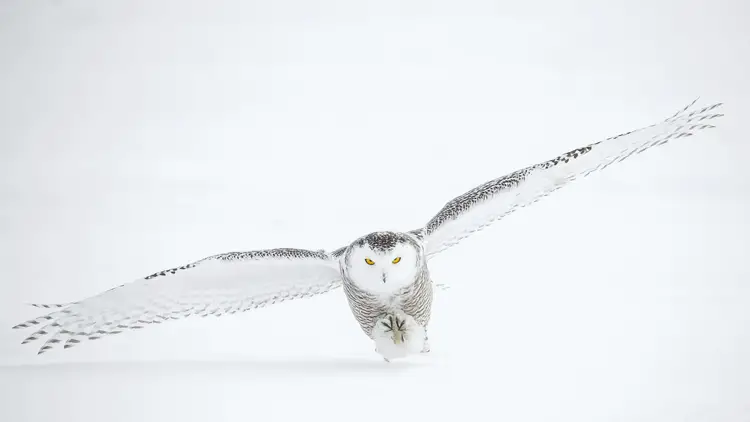
Alpine Tundra
Alpine tundra is found in the extreme mountainous regions of every continent with the exception of Antarctica. Although conditions here are fairly similar to that of the Arctic with low precipitation, low temperatures and high amounts of wind, the alpine tundra is treated to a milder summer and a longer growing season—around 6 months in comparison to the Arctic’s 2. The summer months here can reach a balmy 12°C / 54°F with winters usually staying above -18°C / 0°F. Plantlife in this biome tends to be more extensive than in the Arctic; improved drainage leads to higher soil quality and spectacular flowery meadows in the summer.
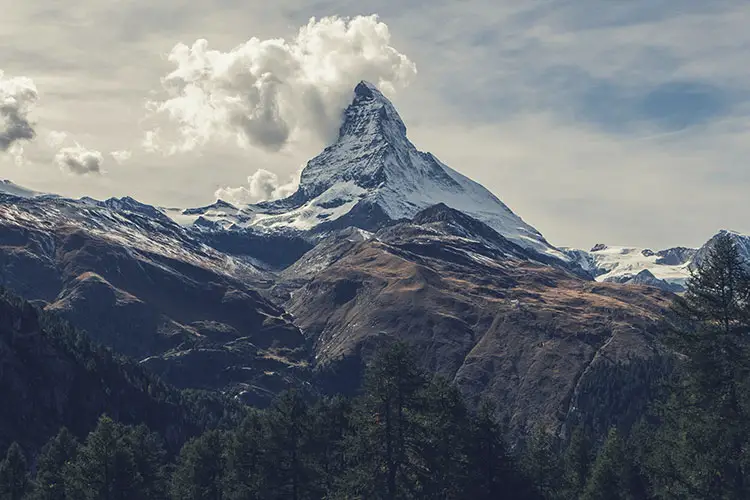
At these altitudes, the grazing muskoxen and reindeer are replaced with mountain goats, argali and ibex to name but a few. Many of these species boast impressive climbing skills, used to traverse the many cliffs and icefields of the alpine. Mountain Goats are found exclusively in the mountain ranges of the western US, Canada and Alaska and spend most of their day gorging on the grass, moss and lichen the tundra provides. Argali—also known as mountain sheep—are found on the other side of the world in the Altai Mountains, the Himalayas and many other mountain ranges in East Asia.
Left – Mountain goat in the alpine | Unsplash: JJ Shev & Right – Ibex in an Alpine Meadow | Pixabay: Felix Mittermeier
Although they are most well-known in the subalpine, wolves and bears can also be found on the mountainous tundra (not polar bears, though!) along with various species of wild cat. The alpine’s most elusive predator, the snow leopard, roams the tundra in search of goats, sheep and smaller mammals such as pika and vole. These beautiful felines are found only in the mountain ranges of East Asia including the Himalayas and the Tibetan Plateau. Their conservation status is currently listed as vulnerable due to poaching and habitat loss.
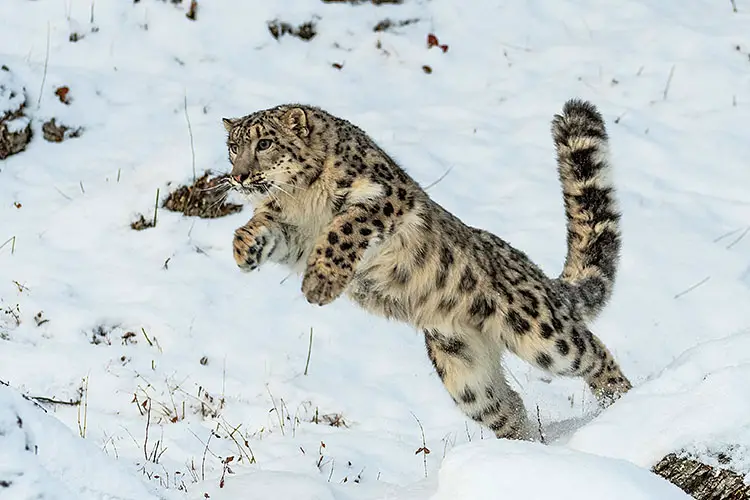
Like the arctic, migratory birds also visit alpine tundra during the summer months, feasting on a buffet of insects and plant life. Several species of birds remain year-round, including the golden eagle whose wingspan can reach close to 8ft. These majestic creatures use the alpine’s strong winds to soar above the open plains in search of small mammals such as marmots. Thanks to the slightly more hospitable conditions in the alpine, there are also many species of insects who enjoy the tundra including butterflies, beetles and grasshoppers.
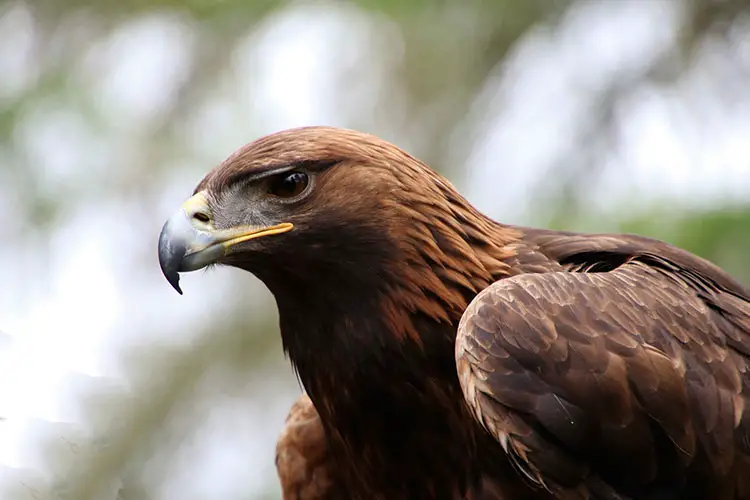
Antarctic Tundra
We’ve covered the two main categories of tundra, but we’ll address one further categorisation briefly thanks to one animal whom it would be a travesty to omit! Although not always included in maps of the tundra biome, the conditions in the Antarctic tundra are very similar to that of the Arctic, with many species of lichens and mosses blanketing the ground. The Antarctic’s most famous inhabitants are seals and penguins, the latter of which use the pack ice and tundra to breed, often withstanding temperatures as low as −40 °C / −40 °F. The emperor penguin is the largest of all penguin species and lives and breeds exclusively in Antarctica. They can be seen both on land and fishing in the frigid waters while dodging leopard seals!
Left – Mother King penguin with chick | Unsplash: Martin Wettstein & Right – King Penguins and an inquisitive seal pup on a beach in South Georgia | Unsplash: Rod Long
Excuse me! Are you on Pinterest?! Here are a couple of pins!
